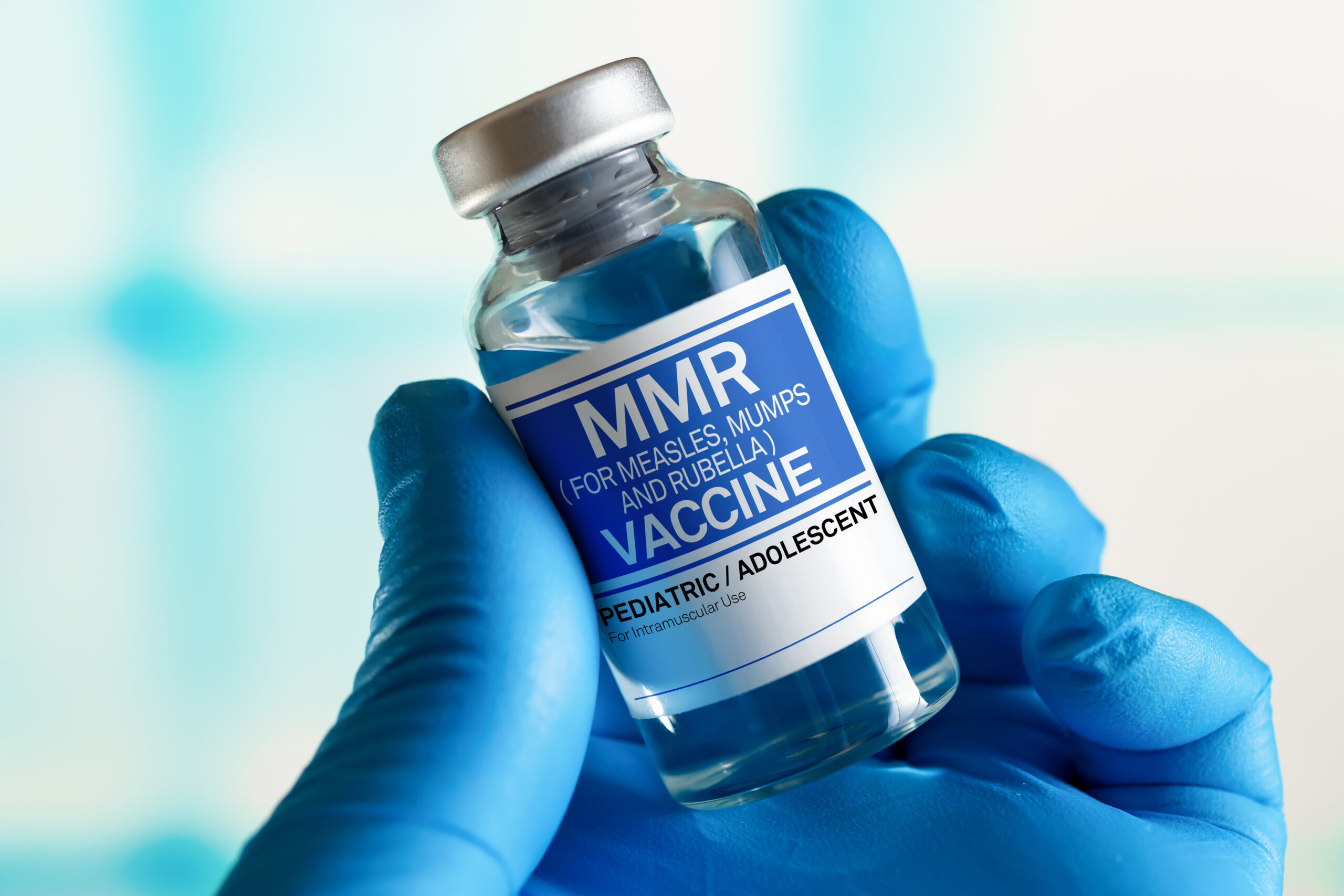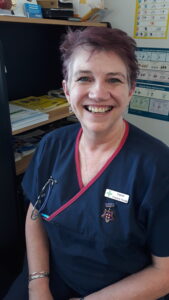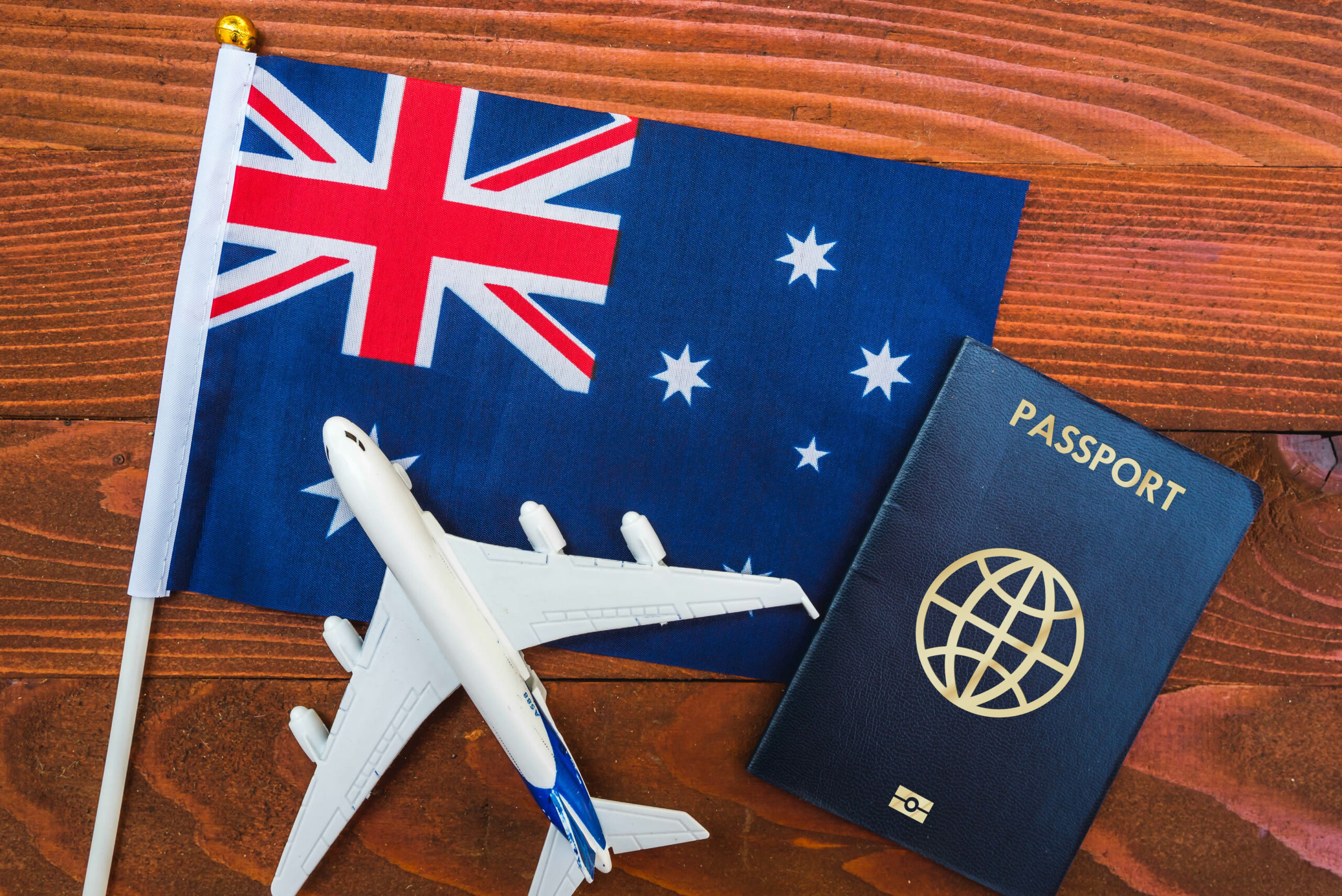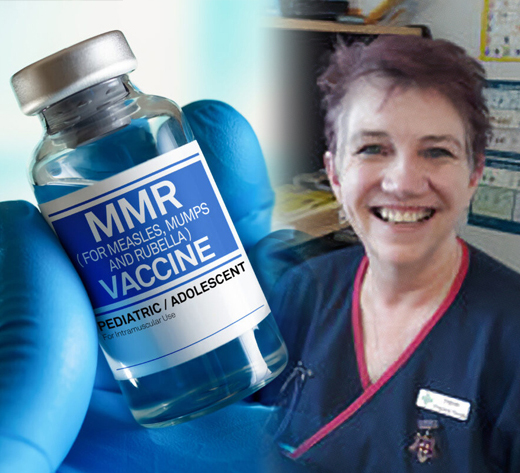
Amid New Zealand’s measles outbreak, the NZNO primary health section member, specialising in travel health, has spoken about how 2025 became her year of trying to fend off the disease.
“I was kind of aware that we were climbing into another outbreak even before it really started jangling within New Zealand.”
Earlier this year, by chance, Watson started a post-graduate paper — picking the measles, mumps and rubella (MMR) vaccine as her topic. Soon she was trawling through World Health Organization statistics on global measles numbers.

On an average day, Watson’s work in Christchurch sees her giving advice to travellers, working on vaccine plans, administering jabs — she delivers “a huge amount of rabies vaccines”, she said.
Watson said travel health was actually public health. People wanted to protect themselves so they could enjoy their time away — but vaccination gave the community protection when they returned.
From her studies she discovered the global measles news wasn’t looking good. Add the fact that waves of measles came roughly every five years — the last New Zealand outbreak in 2019 — and she could see what was coming.
“All year I have been vaccinating for measles, way before we had our first cases. Because I’m aware that overseas the numbers had started climbing.”
On September 25, Te Whatu Ora announced the first case in a Northland cluster. It was, the agency said, linked to travel.
MMR for everyone
Watson said her MMR vaccinations had ramped up from a couple a week, to about five daily in her consultations. “I’ve already given three today.”
Her job meant she could have a conversation with travellers and “strongly encourage” them to get the MMR vaccination: pointing to overseas numbers — and now media coverage of cases in Aotearoa.
“I’m dishing it out like bloody lollie water.”

After all, getting the vaccine was about protecting people who couldn’t — such as babies under one year old, immuno-compromised people who could not have a live vaccine, and pregnant women.
“This is social health, this is public health, it’s not your own personal choice about whether you want to take the risk of catching the disease … it’s that onus on you as part of society: That you actually look out for other people, not just ‘me, me, me’.”
Sometimes, she said, “you’ve just got to take a bullet for the team”.
Measles transmission timeline
- September 25 — Te Whatu Ora publicly announced the first case, in Northland, linked to travel to Asia where the disease was circulating.
- September 29 — a case was discovered in Queenstown — also linked to overseas travel, but not to the Northland case. Northland’s cases peaked at 12 on October 13.
- October 20 — a new cycle began, with a case discovered in Auckland, unconnected to the other regions but still linked to travel. Two new cases were discovered the next day in Manawatū and one in Nelson.
- October 23 — there were cases in Northland, Auckland, Nelson and Manawatū. A high-risk exposure on the Bluebridge ferry helped spread measles to Wellington.
- October 27 — there were 10 cases nationally, and now hundreds of Wellington College and Wellington Girls’ College were close contacts to cases.
- November 4 — the number had grown to 17 across Northland, Auckland, Taranaki, Manawatū and Nelson.




